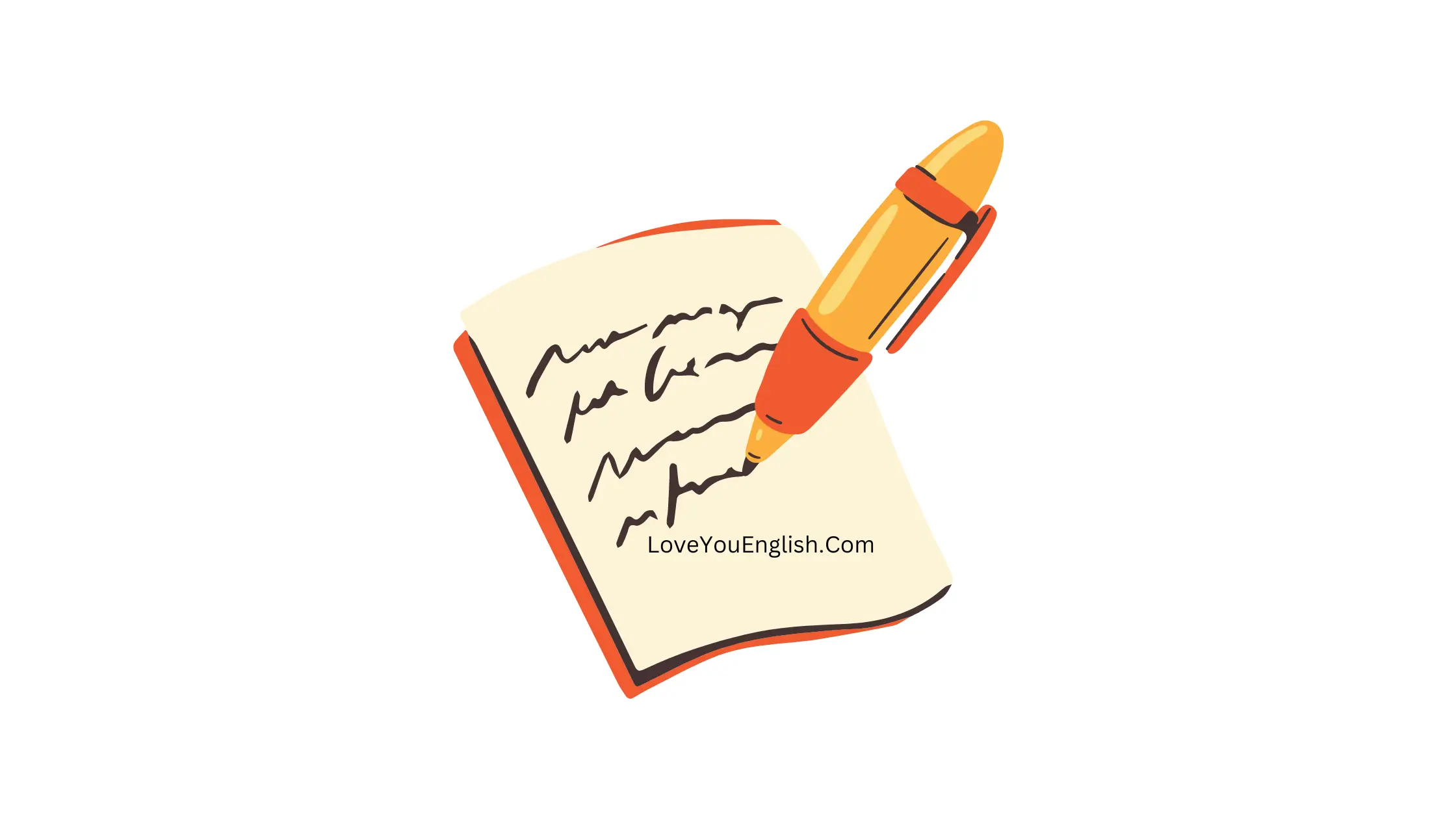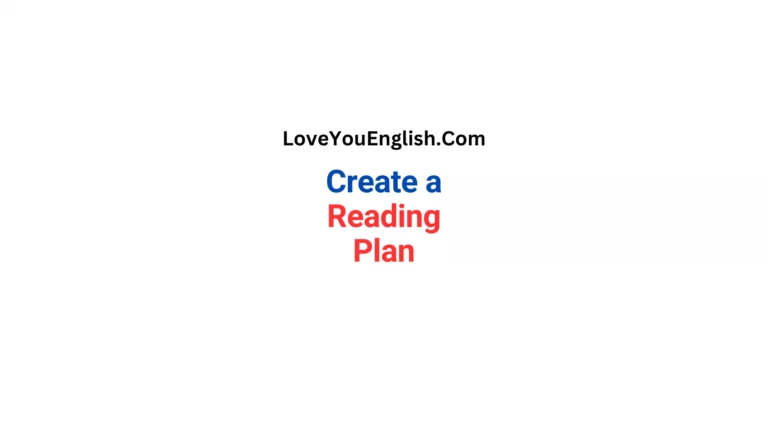How to Write an Essay: A Simple Guide for Beginners
Sharing is caring!
Imagine sitting down to write an essay, your mind buzzing with ideas, but the blank page staring back at you feels like an unconquerable mountain.
We’ve all been there—whether it’s a school assignment, a college application, or just a personal project, the task of writing an essay can feel overwhelming at first.
But here’s the good news: it doesn’t have to be. With a few simple steps, a sprinkle of patience, and a dash of creativity, anyone can learn to craft a solid essay.
In this guide, I’ll walk you through the process of writing an essay from scratch, breaking it down into bite-sized pieces that even a beginner can tackle with confidence. Let’s dive in!
What Exactly Is an Essay?
Before we get into the nitty-gritty, let’s clear up what an essay actually is. At its core, an essay is a short piece of writing that explores a specific topic or argument. It’s your chance to share your thoughts, tell a story, or convince someone of your point of view. Essays come in all shapes and sizes—narrative, persuasive, expository, descriptive—but they all follow a similar structure that we’ll unpack together.
Think of an essay as a conversation with your reader. You’re not just throwing words onto a page; you’re guiding someone through your ideas, step by step. And don’t worry if you’re not a “natural writer”—writing is a skill, not a talent, and it gets easier with practice.
Step 1: Pick a Topic That Sparks Your Interest
The first step to writing a great essay is choosing a topic. If your teacher or professor has already assigned one, you’re off the hook for this part (lucky you!). But if you’ve got some freedom, pick something that genuinely interests you. Why? Because writing about a topic you care about makes the whole process way more enjoyable—and your enthusiasm will shine through in your words.
Let’s say you’re into video games. You could write about how gaming improves problem-solving skills. Or maybe you love animals—how about an essay on why dogs make the best pets? The key is to start with something that gets your brain firing. If you’re stuck, brainstorm a quick list of ideas. Jot down anything that pops into your head, no matter how random it seems. You’d be surprised how a silly thought can turn into a brilliant essay topic.
Step 2: Understand Your Purpose
Once you’ve got your topic, ask yourself: What’s the point of this essay? Are you trying to tell a story (narrative), convince someone (persuasive), explain something (expository), or paint a picture with words (descriptive)? Knowing your purpose shapes everything—your tone, your structure, even your word choice.
For example, if I’m writing a persuasive essay about why everyone should adopt shelter dogs, my goal is to win over the reader with facts and emotional appeals. But if I’m writing a descriptive essay about my childhood dog, I’ll focus on vivid details—like the way his muddy paws smelled after a rainy day. Figuring out your purpose early keeps you on track.
Step 3: Do a Little Research (Even If You Think You Don’t Need To)
Research might sound boring, but it’s like gathering ammo for your essay. Even if you’re writing about something you know well, a quick dive into the topic can give you fresh angles or juicy details to spice things up. For beginners, you don’t need to go overboard—start with a simple Google search, flip through a book, or even ask a friend what they think about your topic.
Let’s say you’re writing about video games and problem-solving. A quick search might reveal studies showing how gamers excel at critical thinking. Boom—you’ve got a solid fact to back up your ideas! Just make sure to jot down where you found your info so you can give credit later if needed. No one likes a plagiarist, right?
Step 4: Plan It Out—Yes, Really!
I know, I know—planning feels like a chore when you just want to start writing. But trust me, a little outline goes a long way. Think of it as a roadmap for your essay. Without it, you might wander off into the wilderness of random thoughts and lose your reader along the way.
Here’s a simple structure most essays follow:
- Introduction: Grab the reader’s attention and tell them what you’re talking about.
- Body Paragraphs: Break your main ideas into chunks—usually 2-4 paragraphs.
- Conclusion: Wrap it all up and leave the reader with something to think about.
For our video game essay, your outline might look like this:
- Intro: Hook the reader with a fun fact about gaming, then state your thesis (e.g., “Video games boost problem-solving skills”).
- Body 1: Talk about how puzzles in games train your brain.
- Body 2: Share a study or example of gamers solving real-world problems.
- Body 3: Address a counterargument (e.g., “Games are just a waste of time”) and debunk it.
- Conclusion: Sum up your points and end with a call to action—like encouraging readers to try a puzzle game.
Spend 10 minutes sketching this out, and you’ll thank yourself later.
Step 5: Write a Killer Introduction
Your introduction is your first impression, so make it count. Start with a hook—something catchy or surprising to reel the reader in. It could be a question (“Did you know gamers might be smarter than you think?”), a bold statement (“Video games aren’t just fun—they’re brain food”), or a vivid image (“Picture a kid hunched over a controller, cracking a puzzle that’d stump most adults”).
After the hook, give a little background on your topic and end with your thesis statement—the main idea you’ll explore. Keep it short and snappy, like: “Video games aren’t just entertainment; they sharpen problem-solving skills in ways that benefit real life.” Done right, your intro makes the reader want to keep going.
Step 6: Flesh Out the Body Paragraphs
The body is where your essay comes to life. Each paragraph should focus on one main idea that supports your thesis. Start with a topic sentence (e.g., “Puzzles in video games are like mini brain workouts”), then back it up with evidence or examples. Maybe mention how solving a level in Portal requires thinking three steps ahead. Add a personal touch if you can—I mean, who doesn’t love a story about the time you finally beat that impossible boss?
Keep your paragraphs focused. If you catch yourself rambling about unrelated stuff—like how cute your cat is when you’re gaming—save it for another essay. And don’t be afraid to use transition words like “first,” “next,” or “however” to guide the reader smoothly from one idea to the next.
Step 7: Tackle the Conclusion
Your conclusion isn’t just a repeat of what you’ve already said—it’s your chance to leave a lasting impression. Summarize your main points in a fresh way, then end with something memorable. Maybe a thought-provoking question (“So, why not pick up a controller and test your brain?”) or a call to action (“Next time someone calls gaming a waste, show them this essay!”).
Keep it short but punchy. A good conclusion feels like the satisfying end to a great movie—not a dragged-out credits roll.
Step 8: Edit Like a Pro
You’ve written your essay—congrats! But don’t hit “submit” just yet. Editing is where the magic happens. Read your essay out loud (yes, really—it catches awkward bits). Check for:
- Clarity: Does it make sense? Are your ideas easy to follow?
- Spelling/Grammar: Typos happen, but they’re fixable.
- Flow: Do your sentences connect smoothly?
If you can, let it sit for a day, then come back with fresh eyes. Or ask a friend to read it—sometimes they spot things you miss. My trick? I pretend I’m explaining it to my little brother. If he’d get it, I’m golden.
Step 9: Add Your Personality
Here’s a secret: the best essays don’t just inform—they connect. Sprinkle in your voice—your humor, your quirks, your passion. If you’re sarcastic, let it peek through. If you’re a storyteller, weave in a mini-tale. For our gaming essay, maybe toss in a line like, “I swear Zelda taught me more about strategy than my math teacher ever did.” It’s your essay—let it sound like you.
Common Pitfalls to Avoid
Before we wrap up, let’s dodge some rookie mistakes:
- Procrastination: Starting late turns writing into a stress fest. Give yourself time.
- Overcomplicating: Big words don’t equal a good essay. Keep it simple and clear.
- Ignoring the Prompt: If you’ve got an assignment, stick to what it asks. No one cares about your cat in a history essay (unless it’s relevant!).
Practice Makes Progress
Writing essays isn’t about being perfect right away—it’s about getting better each time. Your first essay might feel clunky, and that’s okay. Mine did too! I once wrote a persuasive essay so bad my teacher asked if I’d accidentally turned in my grocery list. But with every try, I learned something new—how to hook a reader, how to argue a point, how to laugh at my own typos.
So, grab a pen (or keyboard) and start small. Pick a topic, sketch an outline, and write a paragraph or two. Before you know it, you’ll be churning out essays like a seasoned pro.
Final Thoughts
Writing an essay doesn’t have to be a battle. It’s a chance to explore, to share, to grow.
Follow these steps—pick a topic, plan it out, write with heart, and polish it up—and you’ll have a piece you’re proud of. And who knows? You might even enjoy it.
So, what’s your next essay going to be about? Whatever it is, you’ve got this. Now go write something awesome!
FAQs
1. What is an essay?
An essay is a short piece of writing that explores a specific topic or argument. It can be narrative (telling a story), persuasive (convincing the reader), expository (explaining something), or descriptive (painting a picture with words). It’s like a conversation with the reader, guiding them through your ideas.
2. How do I choose a good topic for my essay?
Pick something that interests you to make writing more enjoyable. If you have freedom, brainstorm ideas that excite you—like a hobby, a personal experience, or a question you’re curious about. For example, if you love video games, you could write about their benefits. Your enthusiasm will make the essay stronger.
3. Why is it important to know the purpose of my essay?
Understanding your purpose—whether to tell a story, persuade, explain, or describe—shapes your tone, structure, and word choice. For instance, a persuasive essay needs strong arguments, while a descriptive essay focuses on vivid details. Knowing your purpose keeps your writing focused.
4. Do I really need to do research for my essay?
Even for topics you know well, a little research adds credibility and fresh ideas. You don’t need to go deep—just check reliable sources like books, articles, or trusted websites. For example, a quick search might uncover a study to support your point, making your essay more convincing.
5. Why should I make an outline before writing?
An outline acts like a roadmap, keeping your ideas organized and preventing you from wandering off-topic. It saves time by giving you a clear plan. A simple structure includes an introduction, 2-4 body paragraphs, and a conclusion. Spend 10 minutes on it, and writing becomes easier.
6. How do I write a strong introduction?
Start with a hook to grab attention—a surprising fact, a bold statement, or a vivid image. Then, give some background on your topic and end with a clear thesis statement that sums up your main idea. Keep it short and engaging to make the reader want to keep going.
7. What makes a good body paragraph?
Each body paragraph should focus on one idea that supports your thesis. Start with a topic sentence, back it up with evidence or examples, and add a personal touch if possible. Use transitions like “first” or “however” to connect ideas smoothly and keep paragraphs focused.
8. How do I write a conclusion that stands out?
Summarize your main points in a fresh way, then end with something memorable—like a thought-provoking question, a call to action, or a powerful statement. Avoid just repeating what you’ve said. A good conclusion feels satisfying and leaves the reader thinking.
9. Why is editing important, and how do I do it?
Editing polishes your essay, fixing clarity, grammar, and flow issues. Read it aloud to catch awkward spots, check for typos, and ensure ideas connect smoothly. Let it sit for a day if possible, or ask a friend for feedback. Pretend you’re explaining it to someone else to test if it’s clear.
10. How can I make my essay sound unique?
Add your personality—your humor, quirks, or passion. Use your voice to make it feel authentic, like sharing a quick story or a funny observation. For example, in an essay about gaming, you might say, “Zelda taught me more strategy than school.” This makes your essay stand out.
11. What are some common mistakes to avoid when writing an essay?
- Procrastination: Starting late adds stress, so give yourself time.
- Overcomplicating: Use clear, simple language instead of big words.
- Ignoring the prompt: Stick to the assignment’s requirements.
These pitfalls can derail your essay, so plan ahead and stay focused.
12. How can I get better at writing essays?
Practice regularly, even with small tasks like writing a paragraph or two. Each essay teaches you something new—how to argue, describe, or organize ideas. Don’t aim for perfection; focus on progress. Try different topics, learn from feedback, and keep writing to build confidence.
Read more:
Sharing is caring!








